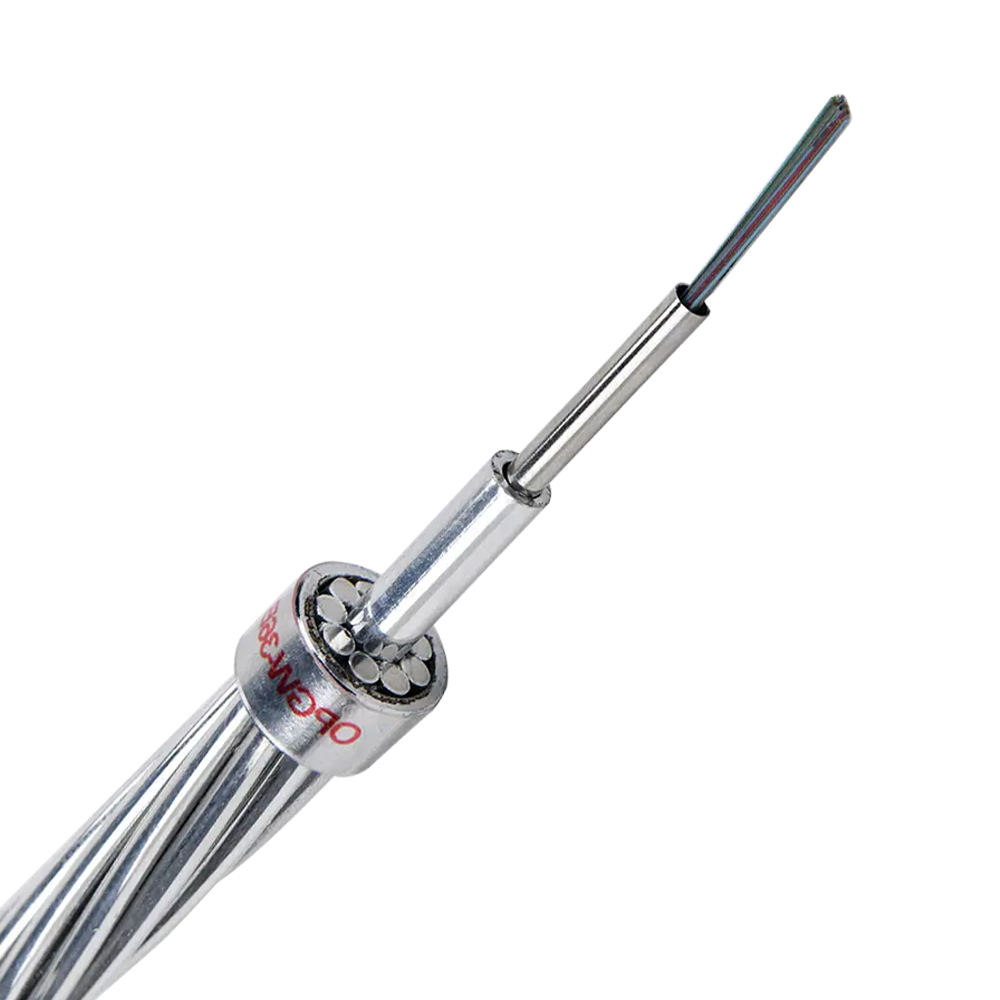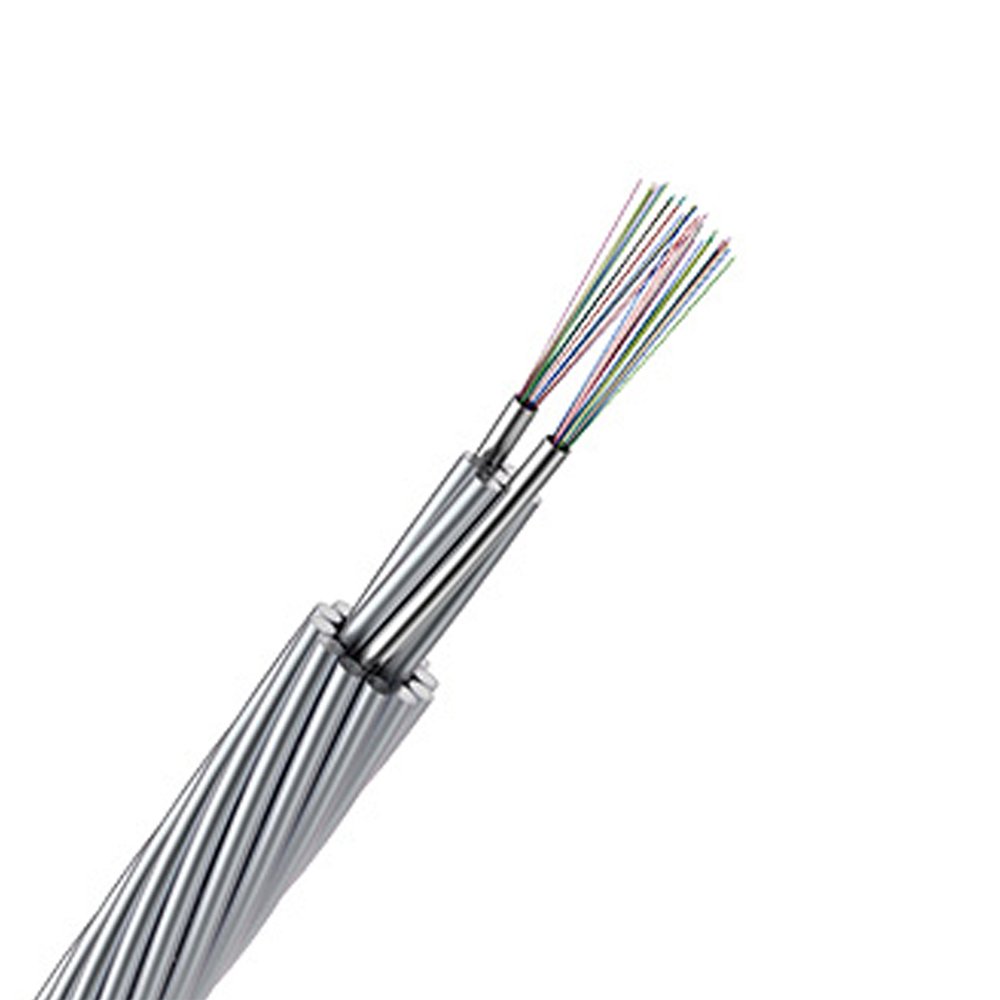
OPGW fiber optic cable, which have the dual functions of overhead ground wires and communication cables, are widely used in power system communications. The number of cores in an OPGW cable is like the number of lanes in a communication channel, which directly determines the effectiveness of data transmission. In what aspects do OPGWs differ when they have different core counts? Let's take 24 core and 48 core as examples to explore the differences between them.
OPGW 24 cable contains 24 optical fibers. Due to the small number of fibers, its fiber bundle tube layout is more compact. Typically, these fibers are strategically distributed within one or two fiber bundle tubes to ensure effective protection and securement during transmission, while also facilitating access for construction and maintenance personnel. A 48 core OPGW fiber optic cable doubles the number of fibers to 48. To accommodate this increased number of fibers, the structural design is more complex. Typically, a 48 core OPGW fiber utilizes two to four fiber bundle tubes to house these fibers. The fibers within each bundle tube are relatively evenly distributed, ensuring ample space between fibers, minimizing interference, while also enabling the integration of more fibers within a limited cable diameter.
In addition to the optical fiber portion, an OPGW cable also contains a metal portion. The larger number of fibers in a 48 core OPGW cable necessitates the use of additional materials, such as aluminum-clad steel wire, to ensure mechanical and electrical performance. This results in a larger overall diameter for a 48 core OPGW fiber than a 24 core OPGW fiber. The increase in diameter not only affects the external dimensions of the optical cable, but also affects some parameters during the installation process, such as weight and wind load.
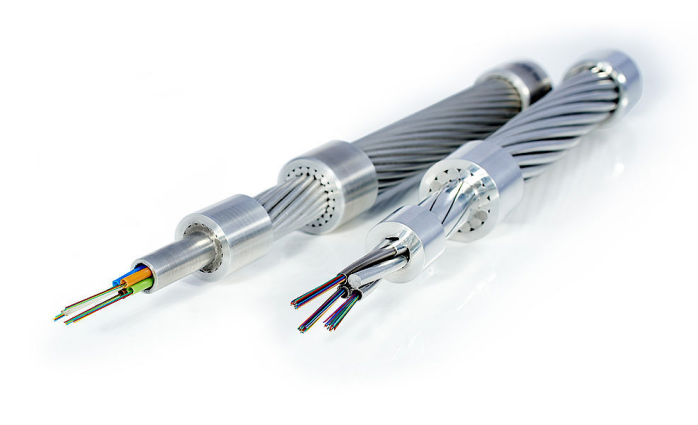
The most obvious performance difference is in communication capacity. 24 core OPGW cable can simultaneously transmit a relatively limited number of signals and are generally suitable for applications where communication capacity requirements are less demanding, meeting basic voice calls, data transmission, and some simple power monitoring signal transmission needs. 48 core OPGW cable have double the number of fibers compared to 24 core cables, significantly increasing communication capacity and carrying more communication signals simultaneously. 48 core OPGW fiber optic cable can meet not only large scale voice and data transmission needs, but also bandwidth intensive services.
There are also differences in mechanical properties and tensile strength. In practical applications, mechanical properties and tensile strength are not simply proportional to the number of fibers or diameter. Generally speaking, the rated tensile strength of OPGW 24 fiber is between 10 and 20 KN. Due to more complex structure and higher metal content, 48 core OPGW cable have stronger mechanical properties, with a rated tensile strength typically between 15 and 25 KN.
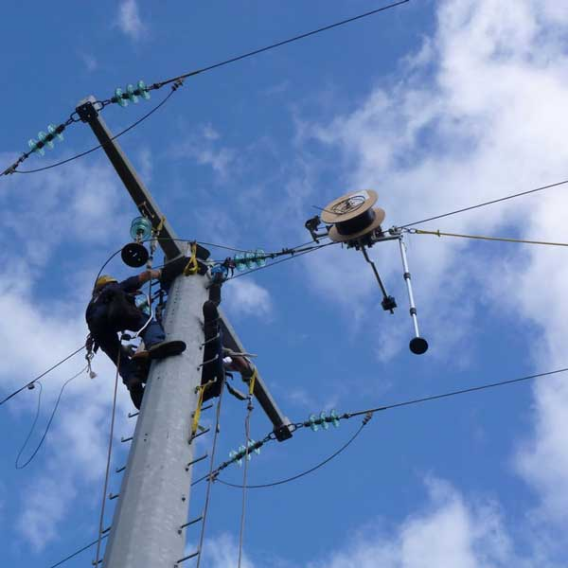
Due to the use of more optical fibers, fiber bundles, and metal materials, 48 core OPGW cable have significantly higher material costs than 24 core OPGW cable. Furthermore, the additional fiber bundles required to accommodate the increased number of fibers and the increased metal required to maintain mechanical properties further increase the material cost of 48 core OPGW cable.
During construction, 48 core OPGW fiber optic cable require higher powered pulling equipment for installation, and installation on towers is more complex, which undoubtedly increases construction costs. Regarding maintenance, 48 core OPGW cable are more difficult to troubleshoot and repair due to the large number of optical fibers, requiring more specialized testing equipment and technicians, resulting in higher maintenance costs. In contrast, OPGW 24 fiber are relatively simple to install and maintain, resulting in lower costs.
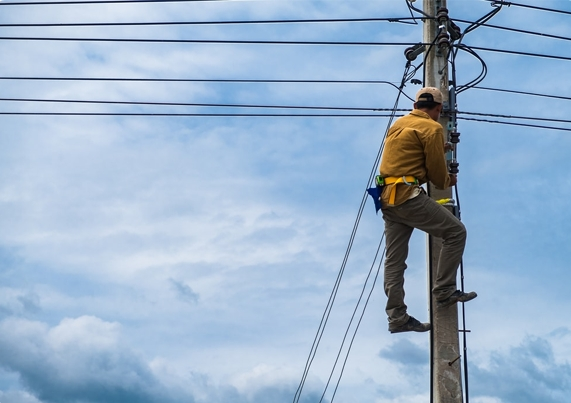
24 core OPGW fiber optic cable are suitable for power grids with relatively low communication requirements. OPGW 24 fiber can meet basic communication needs in small scale scenarios, are relatively low cost, and require minimal installation effort. 48 core OPGW fiber optic cable are primarily used in backbone power grids with high communication requirements. 48 core OPGW can meet the stringent requirements of large scale power systems and are also suitable for upgrading and upgrading large urban power grids.
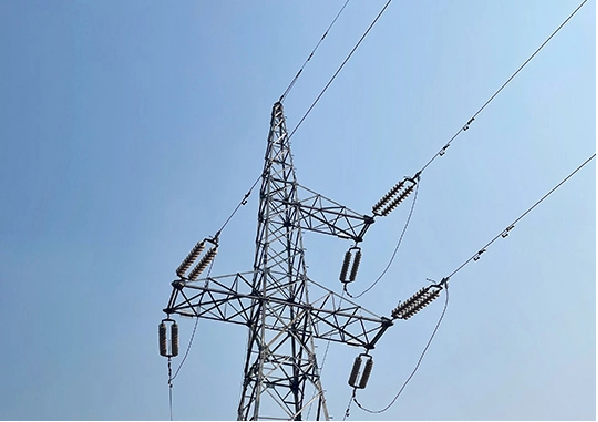
In summary, 24 core and 48 core OPGW cable differ significantly in structure, performance, cost, and application scenarios. In actual engineering applications, the appropriate OPGW cable type must be selected based on specific communication requirements, budget constraints, construction conditions, and power network development plans to achieve optimal cost-effectiveness and communication performance.
UnitekFiber is a professional manufacturer of fiber optic products. Our diverse product range includes patch cords with various connectors, fiber optic cables, Optical splitters and more, distributed across multiple countries. If you have any questions or would like more information, please feel free to contact via sales@unitekfiber.com.

